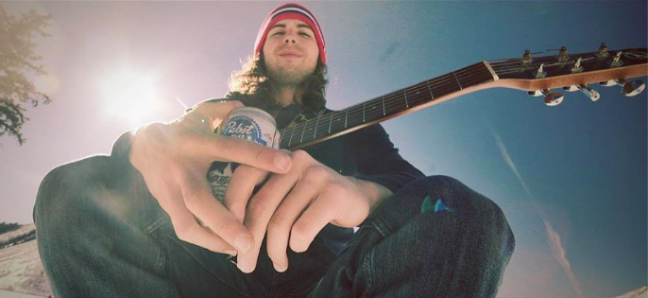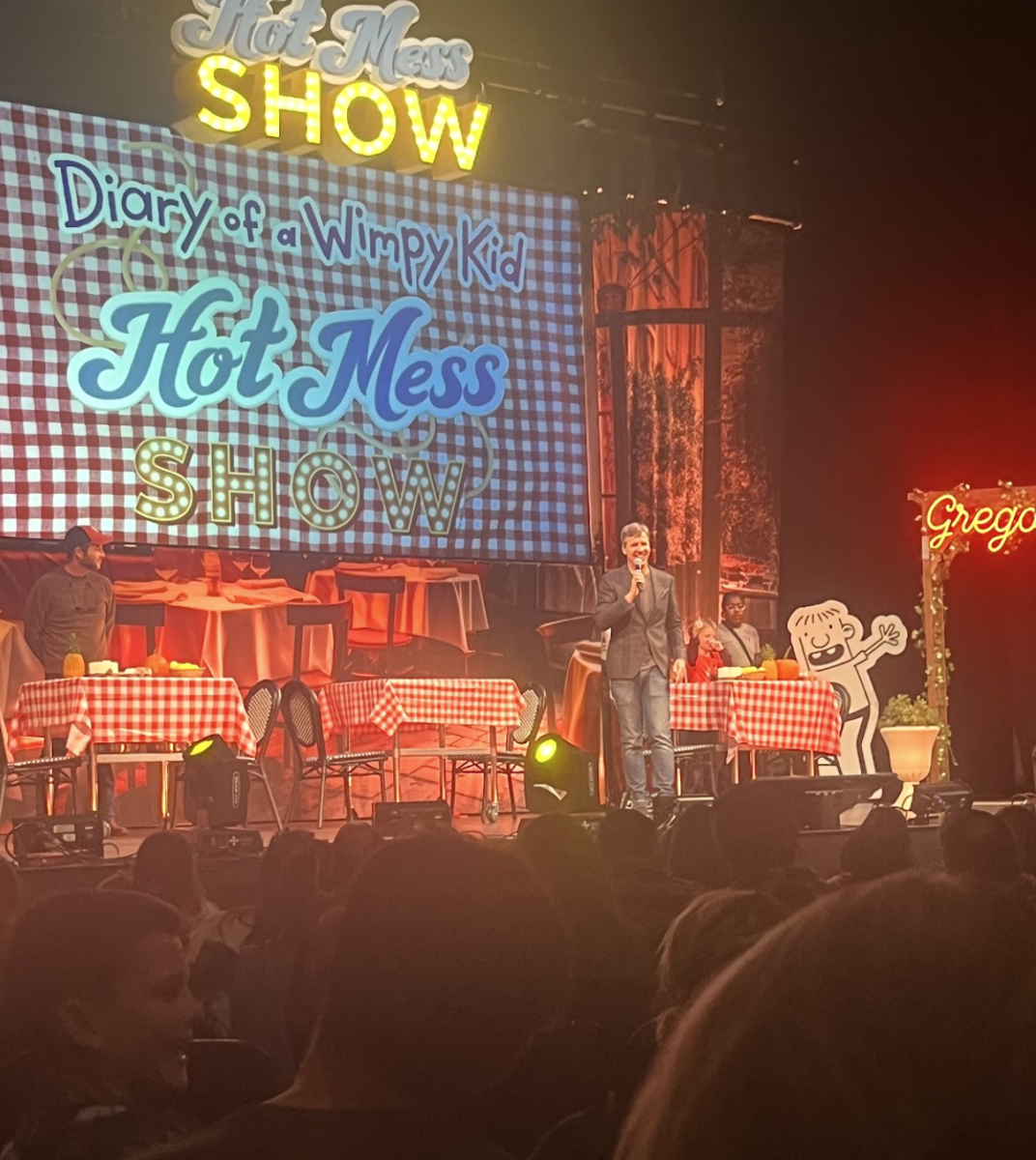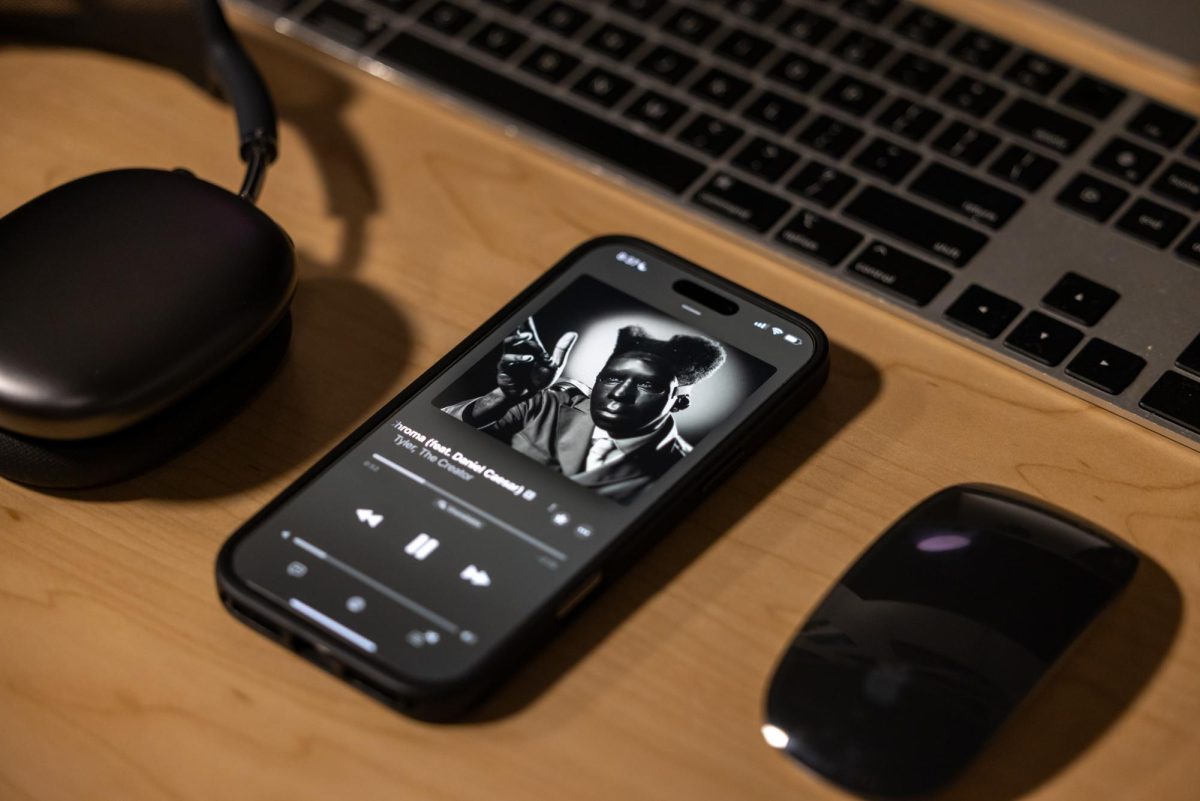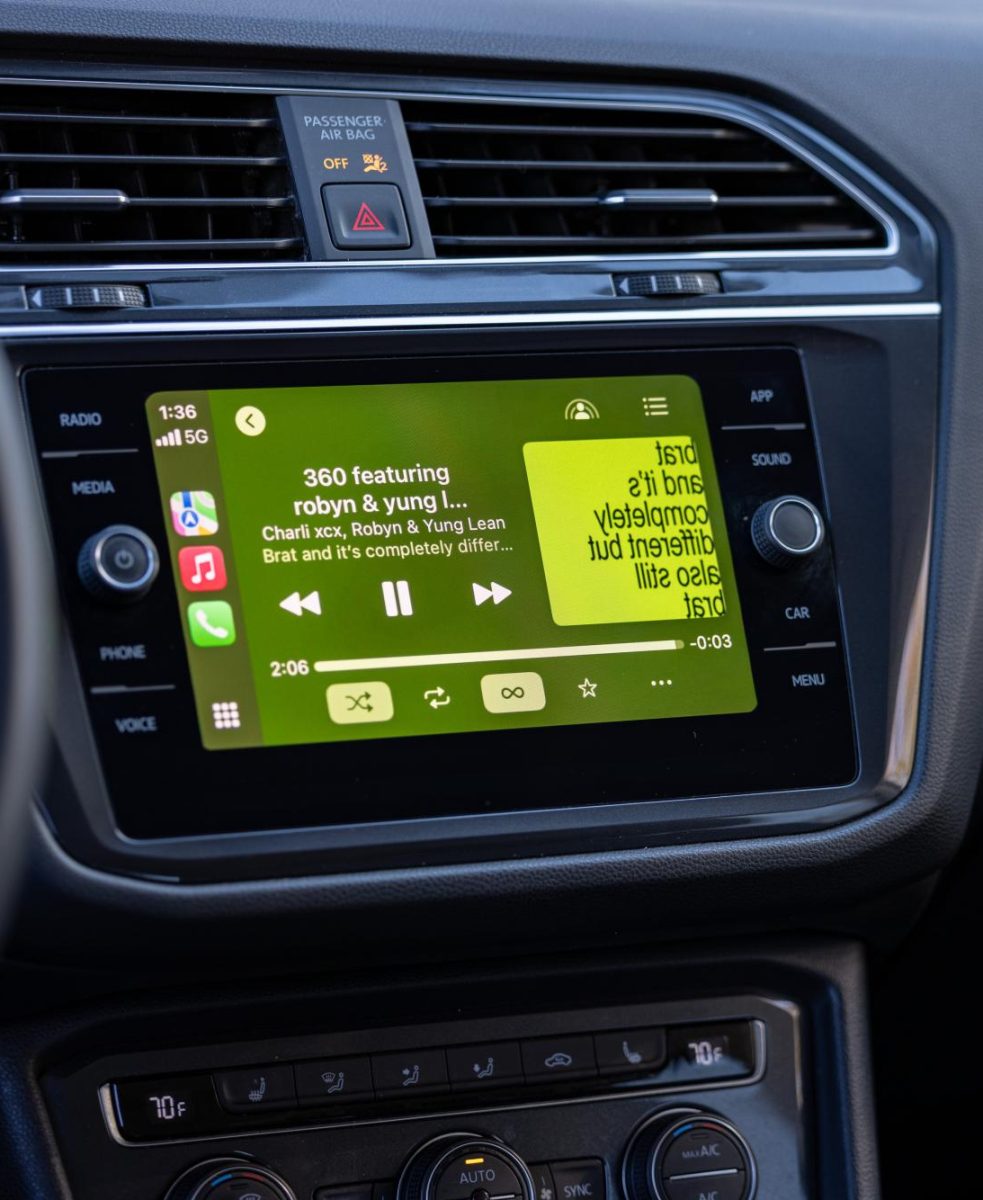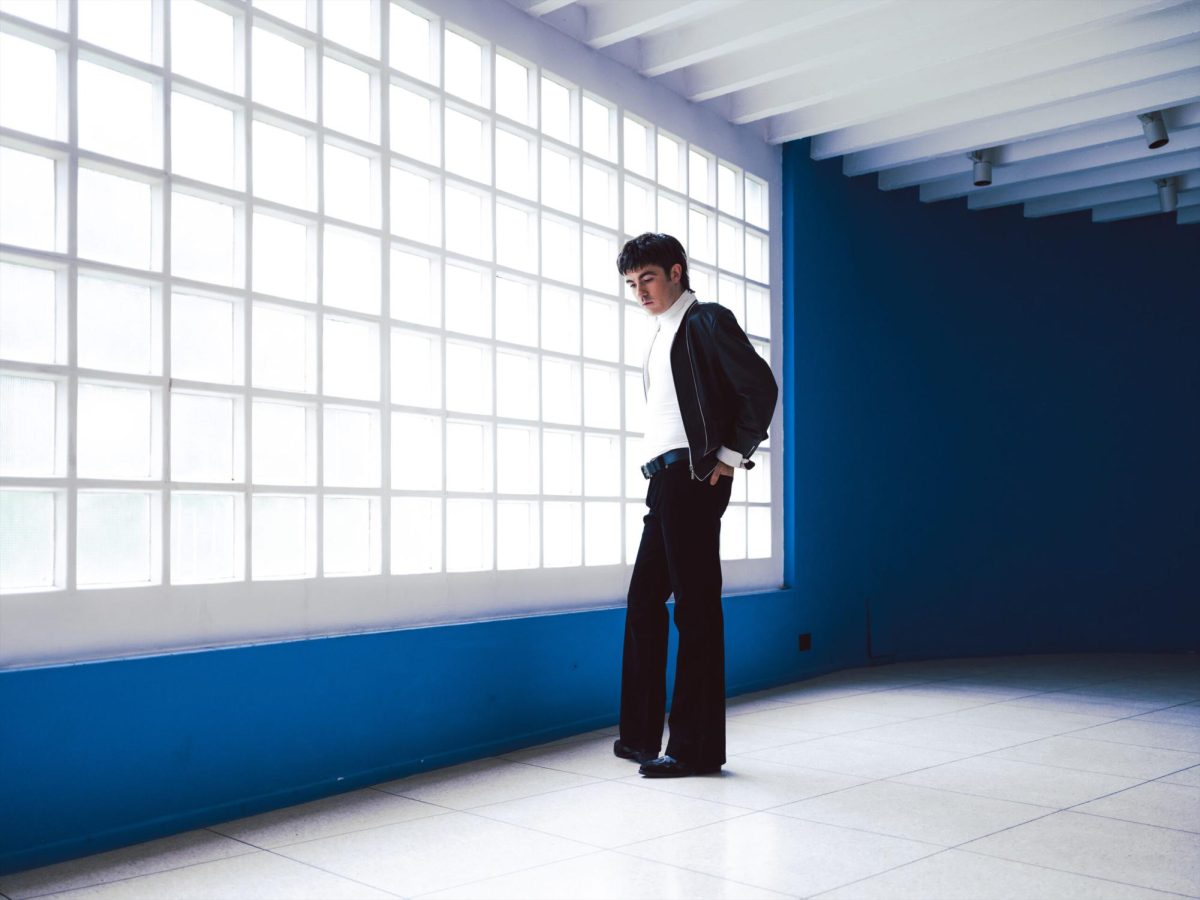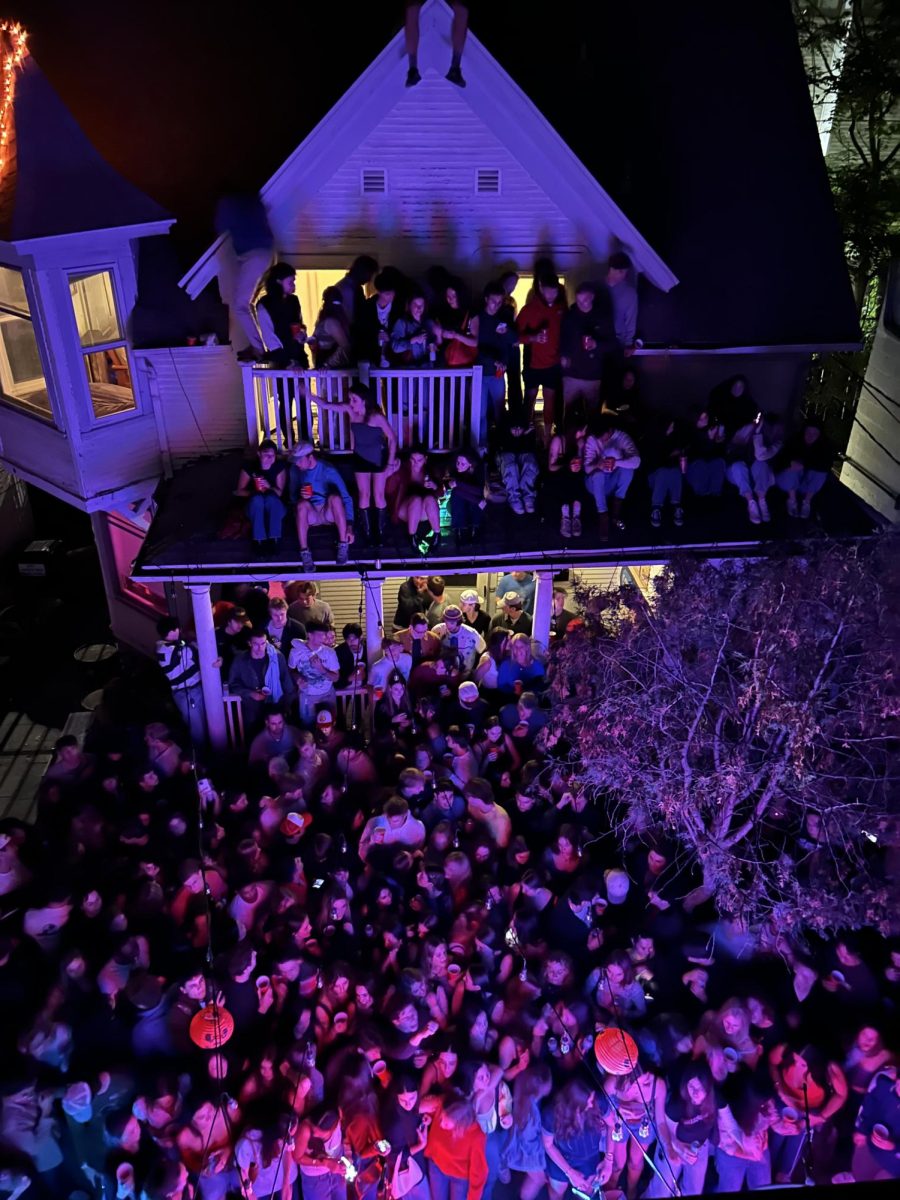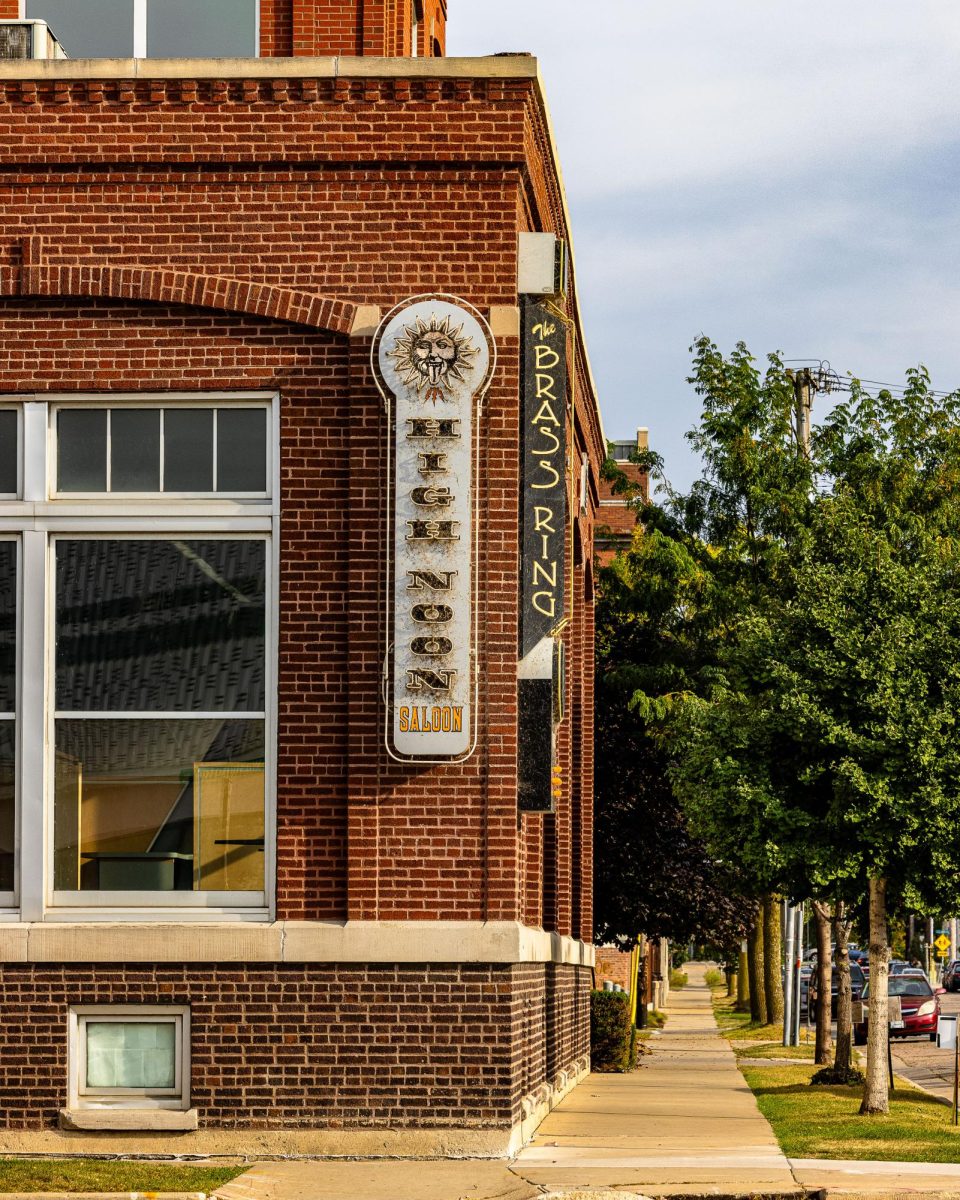The Badger Herald is pleased to announce the beginning of Conversation Starter, a new column for the ArtsEtc. section. The column will feature in depth Q+A’s with local artists and affiliates of local art scenes. We hope they will serve as a strong start of our new efforts to further integrate ourselves into University of Wisconsin’s and Madison’s art worlds.
Some bands are set in stone, always thinking ahead to the next big gig. But for one local Madison group, taking it one day at a time keeps them levelheaded.
Matt Smith took a small side step away from his Madison-based band, The Sharrows, to form his collaborative side project of Thompson Springs. Sitting down with The Badger Herald, Smith talked about the scene for new musicians in Madison and Thompson Springs’ debut EP, Artifacts.
The following interview has been edited for length and clarity.
Badger Herald: How did Thompson Springs meet and start off, and what made you all decide to move forward with the project?
Matt Smith: I played in a local group called The Sharrows that we started up back in late 2011. That’s been going on and still goes on. [Thompson Springs] is more of a side project that morphed out of that.
I had a ton of songs backlogged I’d been wanting to do my own thing with, which is why [the EP] is called Artifacts — they’ve been kicking along for a while.
BH: How did the other members of the group get involved then?
MS: It’s a collaborative group — I kind of just lead the way with the songs, and then it’s whoever is around to play. I’ve got a pretty good core group of consistent guys who help with arrangements and offer advice on the songs.
BH: So you’re saying it isn’t really set in stone?
MS: Yeah, it’s not always set in stone, which is pretty interesting. We’ve had all sorts of different lineups, so we’ve had to stay on our toes.
BH: How does this shifting nature of the band affect the creative process?
MS: It definitely makes it more interesting because everyone plays so differently.
BH: What about the live shows?
MS: For the live shows, I like to play with two guitar players, and I’ve been having Isaac Young, he’s in [a local group called] Coyote. When he’s not there, I take on the solos, and when he’s there, I let him take them. He’s a great guitar player.
Until you can pay people enough for them to be constantly available, you can’t blame people for doing other things, and having other gigs.
BH: Speaking of recording and working with other people, could you describe what it was like working with Rob Glasko of Kurt Vile?
MS: I’d been kicking around the idea of doing an album of just my songs, and I’d been listening to a ton of Kurt Vile. I’m like, “Where do I want to record this?” I then looked on the back of the [Kurt Vile] record and figured out that Rob [Glasko] does most of the engineering and tech stuff for Kurt Vile. He’s kind of like the glue that gets the album on the recording.
I just kind of [reached out] to him and said, “Hey, here’s some demos. Would you be interested in doing something with them?”
BH: What was it like working with him?
MS: He kind of just let us figure stuff out, and if we needed opinions, he had them. But it was really the most relaxing recording experience I’d ever had in terms of trying stuff. I’d never worked with analog synths, and Rob really knows them well.
BH: We also understand you had a special car ride during the trip?
I should mention we recorded one day in Milwaukee. Kurt Vile and the Violators were playing at the Pabst, and they had a day off. So we scheduled a recording session just to finish everything up. The day before, Rob calls me and says, “Our tour bus broke down in Chicago.” And I was in Chicago. He told me they were at this roadside McDonalds, so I go.
Rob walks out of the McDonalds — I didn’t know he wanted me to take the whole band. Then, the guitarist walks out, then the drummer, and then Kurt Vile walked out straight into my car. So I got to try and play it cool for two hours on the drive to Milwaukee.
BH: To shift gears, where does your name Thompson Springs come from?
MS: Four or five years ago, I was backpacking with some friends in Utah, and we stumbled upon a ghost town named Thompson Springs. That was just when I was trying to write songs, so it stuck with me as a possible song title, album or band name. I don’t know if you’ve seen the music video, but I have some buddies out there with a film company. We went out to Thompson Springs to film the video. It was a big adventure.
BH: Can you describe your sound and what you want people to get out of it?
MS: Certain albums or songs I listen to, I get this indescribable feeling, like “Whoa, this is fucking cool.” And you want to listen to it again, and you go back to it at certain times in your life when you need it. I guess my goal is to be able to affect people with my music in that way. It’s hard, because it always means more to you than someone else. But if you can get that meaning across to other people, that’s a great accomplishment.
BH: What are the themes throughout “Artifacts?”
MS: The music’s a bit on the airy side. The lyrics are kind of all over the place, kind of introspective, but they’re definitely more about myself. “Blow Over” gets into the whole girl thing, but you don’t want to stay in that realm for too long. It’s a “figuring shit out” kind of album. I’m at the age where you’re looking into yourself, figuring out what’s next, more than at any other age I feel like.
BH: What’s the next step for Thompson Springs? Are you starting to work on new stuff already?
MS: Yeah, we are, there are some more songs I actually want to start recording pretty soon. It’d be cool to work with Rob again, too. Just start booking more shows and get out there more. You know, keep it going — but don’t want to get too far ahead of myself.


